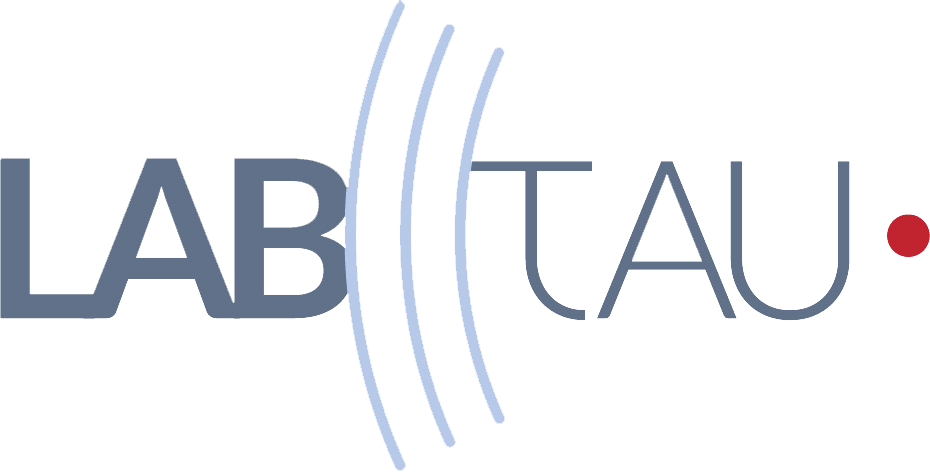HIFU Extracorporeal
Project Description
Toward non-invasive ultrasound surgery of liver tumors
There are two main forms of liver tumors: primary hepatic cancer (cancer that starts in the liver,mainly hepatocellular carcinoma: HCC) and liver metastases from other tumors, mainly of thegastrointestinal tract. In 2012 there were approximately 63 400 new cases of primary liver cancers inEurope and 62 100 deaths. Liver cancer is the 2nd most common cause of cancer death worldwide.Primary liver cancer occurs most commonly in previously damaged livers (viral hepatitis, alcoholabuse and obesity). Treatment involves multiple strategies including liver replacement therapy, localtherapy (resection, ablation), and regional therapy. However, to date, only about 25% of the patients are considered to be suitable candidates for curative treatment.The second most common incident form of cancer in Europe in 2012 was colorectal cancer (371 706,13% of all incident cases). Nearly half the patients will develop liver metastases at some point duringthe course of the disease. Whatever the treatment, the survival at 5-years is only about 10% andsurgery remains the only potentially curative treatment. However, only 10–20% of patients are eligiblefor surgery. Techniques involving focal destruction, such as radiofrequency ablation, have been usedas a tool to expand the number of patients treated with a curative intent. However, there is a risk ofinadequate treatment due to the blood flow, they do not allow reliable real-time monitoring, theyrequire intra-parenchymal introduction of a probe, only small hepatic volumes can be targeted and ahigh rate of local recurrence has been described.HIFU is a therapeutic technology allowing the creation of a thermal lesion selectively in biologicaltissues by focusing ultrasonic energy. Commercial products are currently available for the treatment ofuterine fibroids, prostate cancer and abdominal cancers. Although there are many research groupsworldwide who are actively working on this technique, the liver is a particularly challenging organ forHIFU treatment due to the combined effect of respiratory-induced motion, partial blocking of the ribcage and high perfusion/flow. Several technical and clinical solutions have been investigated duringthe past 15 years but to date without providing effective solutions. Although hepatocellular carcinomaand metastatic liver disease require completely separate analysis and study protocols, the technologicalapproach of HIFU treatments is similar.We have shown at early clinical stage that a new form of treatment using toroidal HIFU transducerscan be a promising tool for treating liver metastases. Before developing sophisticated devices a firstprototype was built to be used intraoperatively (during surgery). This toroidal HIFU transducerachieved fast, selective, safe and well-tolerated large volume of liver ablation (the ablation rate is morethan 30 times faster than any other local therapy) and without puncture in the organThanks to this initial experience we now aim to move forward a completely non-invasive HIFUtreatment in the liver for treating primary and secondary tumors. Based on additional innovationsabout surface modulation of the emitting surface we recently patented it is now possible to depositprecisely energy inside the liver by taking into account the specificity of intervening tissues and theiracoustic characteristics. A pragmatic approach was selected for focusing the ultrasound energythrough the rib cage by using a truncated transducer. Ablations created by a toroidal transducer are independent from perfusion. Moreover, in order to compensate respiratory-induced motion, wepropose to develop next-generation tools in the fields of HIFU simulation, guidance of the treatmentand estimation of the created effect in tissues.
Staff
LabTau Staff
- David Melodelima (DR INSERM, PI)
- Michel Rivoire (PU-PH CLB, co-PI)
- Aurélien Dupré (PH CLB)
- Yao Chen (Surgeon CLB)
- Stefan Langonnet (Veterinary CLB)
Collaborations
- Department of Surgery of the Centre Leon Berard
- EDAP - TMS




